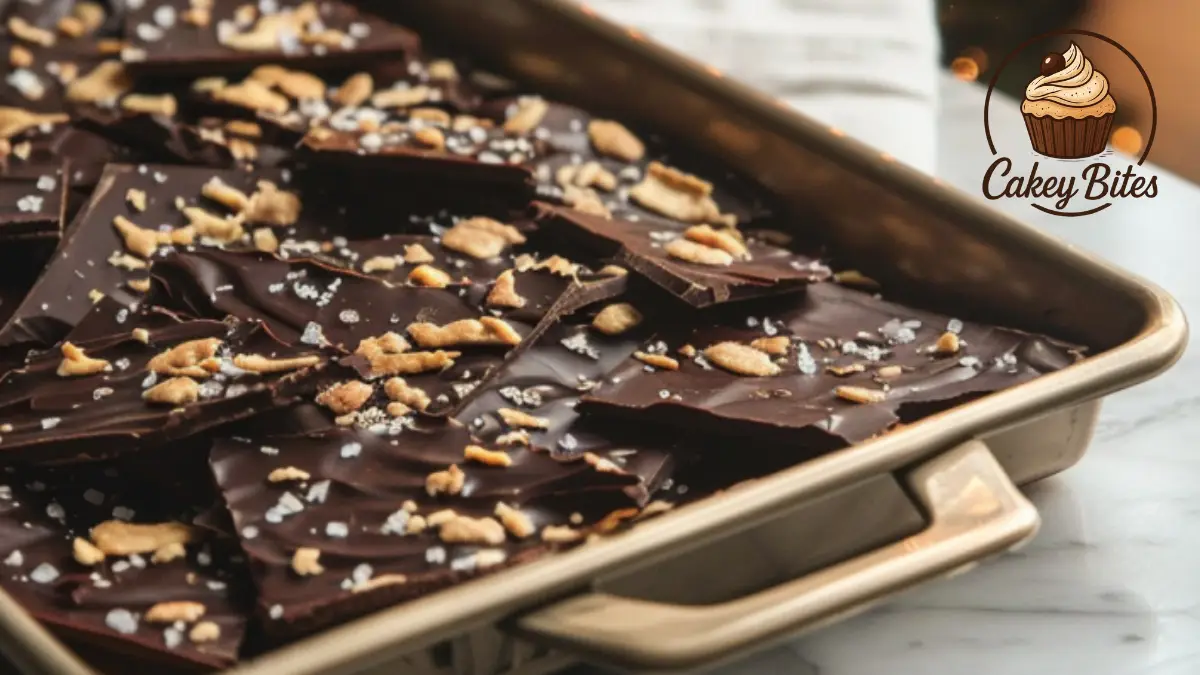Time to read:18 minutes
JUMP TO
Table of Contents
Wartime Wonders: The Origins of the christmas crack recipe ww2
The christmas crack recipe ww2 came from a time when kitchens had little to work with. Rationing during World War II meant that sugar, butter, and chocolate were hard to find. Yet from those limits, a beloved holiday tradition was born. Families made do with crackers, syrups, and clever swaps to create something sweet, crunchy, and comforting—long before the name “Christmas crack” ever appeared.
Life in the kitchen during WW2: when sugar, butter, and chocolate were rationed
During World War II, home cooks across the U.S. and Europe faced empty shelves. Sugar was limited to just a few ounces per week per person. Butter was scarce, and chocolate even more so. But families were determined to keep the holidays joyful. Recipes became simpler. Syrup replaced sugar, margarine took the place of butter, and sweets were stretched to feed many.
Interestingly, these conditions sparked a wave of creativity. People began making treats from what they had on hand. Crackers became the base. A hot mixture of margarine and brown sugar formed a quick toffee. Topped with whatever was available—chopped nuts or bits of chocolate—it resembled what we now call christmas crack recipe ww2.
This clever substitution of ingredients is not unlike what we do today when crafting a dessert with health in mind. For instance, a recipe like our sugar-free lemon cake shows how to make treats lighter while still satisfying.
How desperate times created delicious traditions

With so little on hand, tradition was born out of survival. Families made christmas crack recipe ww2 as a quick way to treat children and soldiers. Mothers reused tins, wrapped bars in wax paper, and made small batches stretch. The texture was crisp, the top sweet. It wasn’t fancy—but it was joy in a bite.
Over time, neighbors and extended family started asking for this snack. It was easy to share, quick to make, and didn’t need rare ingredients. Its popularity spread by word of mouth and handwritten recipe cards.
The earliest records of “christmas crack”-style treats
While the name christmas crack recipe ww2 didn’t exist yet, the technique certainly did. Recipes from the 1940s mention “toffee cracker bars” or “war wafer sweets.” These dishes used simple items like saltines, sugar substitutes, and margarine. Some even included powdered milk or corn syrup to hold it all together. These early recipes helped shape the base of what we know today.
Why the name didn’t exist yet—but the recipe’s spirit did
In those days, no one used catchy names. It was all about practicality. Yet the spirit of the christmas crack recipe ww2—a crunchy base with a sweet, sticky layer—was clearly alive. Over the decades, the name “Christmas crack” would emerge, due to its addictive crunch and festive flavors. But its bones were already there during wartime.
The resilience of this recipe echoes inventive creations from the wartime home front. According to the National WWII Museum, homemakers were widely praised for their resourcefulness—stretching limited ingredients into nourishing meals and desserts through creative substitutions and ration-conscious recipes. hungryenoughtoeatsix.com
Mothers, grandmothers & soldiers: the unlikely heroes of this holiday treat
Behind every tray of early christmas crack recipe ww2 stood someone determined to create comfort. Mothers passed the recipe to daughters. Grandmothers baked and stored small squares in tins for visiting grandchildren. Soldiers received bars in care packages—sweet links to home that boosted morale overseas.
These simple sweets helped families feel close, even during hard times. They were made with care, shared with love, and often saved for special moments. That legacy continues today as families still gather to make this wartime cracker candy each December.
Wartime Ingredients Table:
| Ingredient | Wartime Swap or Trick | Contribution to christmas crack recipe ww2 |
|---|---|---|
| Sugar | Corn syrup, molasses, or honey | Used for the toffee layer |
| Butter | Margarine or lard | Melted to bind sweet layers |
| Chocolate | Cocoa powder, carob, or chopped nuts | Added on top for flavor or texture |
| Crackers | Saltines, rye crisps, or leftover bread toast | Created the crunchy base |
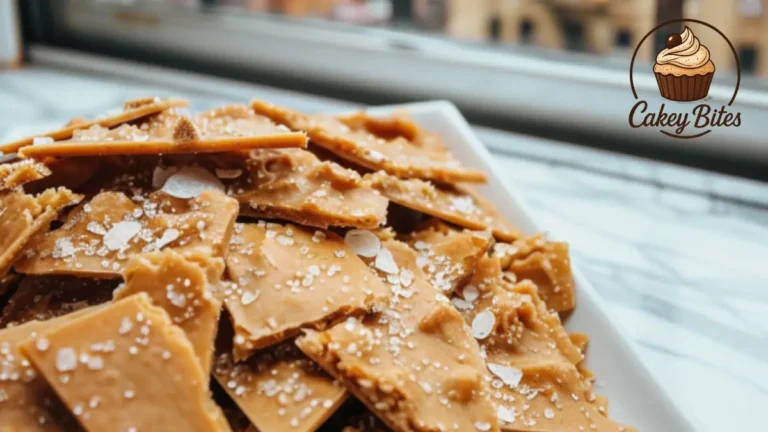
Nostalgic christmas crack recipe ww2 – Sweet & Crunchy Wartime Treat
This christmas crack recipe ww2 revives a beloved wartime treat made with crackers, caramel, and chocolate. Born during WWII rationing, it uses simple substitutions like margarine, corn syrup, and shaved chocolate to create a sweet, crunchy, and nostalgic holiday candy. Perfect for gifting, sharing, and keeping traditions alive.
- Total Time: 15 minutes
- Yield: 35–40 pieces 1x
Ingredients
40 saltine crackers (or dry toast for a true wartime feel)
1 cup brown sugar (or 1 cup white sugar + 1 tbsp molasses for authenticity)
1 cup unsalted butter (or margarine for wartime style)
2 cups semi-sweet chocolate chips (or shaved chocolate scraps)
1/2 cup chopped nuts (optional)
Pinch of sea salt (optional, modern twist)
Instructions
Preheat oven to 350°F (175°C) and line a baking sheet with parchment paper.
Arrange crackers in a single layer on the tray.
In a saucepan, melt butter and sugar over medium heat, stirring until bubbling (about 3 minutes).
Pour caramel mixture over crackers, spreading evenly.
Bake for 5 minutes, then remove from oven.
Sprinkle chocolate chips over hot caramel, let melt, then spread evenly.
Add toppings like nuts or sea salt if desired.
Chill in refrigerator for 1 hour.
Break into uneven pieces and store in tins or airtight containers.
Notes
For a vegan version, use coconut oil and dairy-free chocolate.
Add a pinch of cinnamon or clove for a festive twist.
For a sugar-free version, swap sugar for erythritol and use low-carb crackers.
- Prep Time: 10 minutes
- Cook Time: 5 minutes
- Category: Dessert
- Method: Baked
- Cuisine: American / Wartime Vintage
- Diet: Vegetarian
Nutrition
- Serving Size: 1 piece
- Calories: 150 kcal
- Sugar: 12 g
- Sodium: 95 mg
- Fat: 9 g
- Saturated Fat: 5 g
- Unsaturated Fat: 3 g
- Trans Fat: 0.2 g
- Carbohydrates: 16 g
- Fiber: 1 g
- Protein: 2 g
- Cholesterol: 12 mg
Keywords: christmas crack recipe ww2, wartime cracker candy, WWII dessert, holiday toffee crackers
Ingredients of Resilience – Rebuilding the christmas crack recipe ww2 Style
The christmas crack recipe ww2 is a symbol of how families found sweetness during hard times. Born in an era of rationing and shortages, this treat adapted to whatever ingredients were on hand. It wasn’t just about taste—it was about togetherness and creativity in the kitchen.
What people actually used instead of chocolate chips and brown sugar
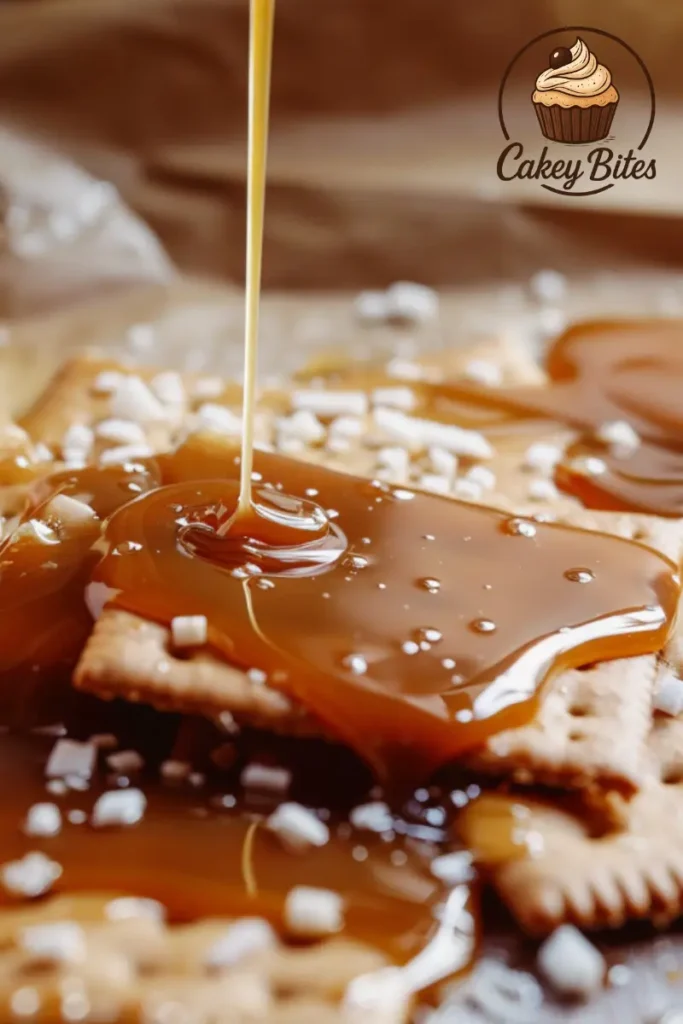
Chocolate chips were rare during wartime. For a typical christmas crack recipe ww2, home cooks got inventive. Some shaved chocolate from solid bars; others melted leftover holiday candies. Instead of brown sugar, many mixed white sugar with a spoonful of molasses. That gave the rich, caramel layer this dessert is known for—even when brown sugar was unavailable.
This substitution method still works today. In fact, some bakers prefer the white sugar and molasses combo for its deeper flavor. One excellent modern adaptation of vintage recipes is this sugar-free lemon cake—proof that smart substitutions can still satisfy your sweet tooth.
Replacing butter with margarine: a common wartime trick
In the 1940s, butter was strictly rationed. For many, margarine became the default. It had a similar texture and melting point, making it ideal for the base of the christmas crack recipe ww2.
Using margarine helped stretch family rations while still creating a rich topping. While butter is more common today, margarine is still used in many households, especially for dairy-free versions. The christmas crack recipe ww2 was never about perfection—it was about making the best with what you had.
Finding crackers during food shortages
The christmas crack recipe ww2 traditionally used saltine crackers. But during wartime, even those could be hard to come by. Families got creative by using dry toast, hard biscuits, or even crumbled bread pressed into a baking dish. Anything that could hold its shape and provide a bit of crunch was fair game.
It’s fascinating to see how a simple cracker layer became so iconic. Much like the bento cake trend we see now, a small, simple base can still bring big satisfaction when topped with love (and sugar).
How this humble treat became a cherished symbol of family
The christmas crack recipe ww2 was more than dessert—it was a moment of connection. Even during blackouts or in bomb shelters, families would gather to share a sweet bite. The simplicity of the treat made it accessible, while the act of making it together helped preserve a sense of normal life.
It’s the kind of recipe passed from one generation to the next. Grandparents recall using margarine instead of butter, or scavenging just enough chocolate to make the top layer melt. Even now, making a christmas crack recipe ww2 brings those stories back to life.
The original method, step by step, reimagined for today’s kitchen
We’ve restructured the wartime christmas crack recipe ww2 steps side by side with modern substitutions. It helps today’s bakers understand how to respect the original while adapting it to what’s in the pantry now:
| Step | Wartime Method | Modern Adaptation |
|---|---|---|
| Base | Saltines, toast, or flatbread | Classic saltines or even gluten-free crackers |
| Fat | Margarine | Unsalted butter or plant-based margarine |
| Sweetener | White sugar with molasses | Brown sugar (or still the original white sugar + molasses) |
| Topping | Shaved or melted chocolate scraps | Semi-sweet chocolate chips or bars |
| Process | Melt margarine + sugar, pour over base, add chocolate, chill | Same process with modern tools and ingredients |
These steps preserve the heart of the christmas crack recipe ww2, but make it doable in any modern kitchen. Using high-quality chocolate or sea salt flakes can elevate the flavor without losing the tradition.
If you’re curious to learn more about how people adapted to rationing during World War II, the National Archives (UK) offers fascinating insights—from ration books to Women’s Voluntary Service recipe initiatives—that show how recipes like this became staples in times of scarcity.
From Trenches to Tables: Making the christmas crack recipe ww2 with Family Today
The christmas crack recipe ww2 started in hard times, yet it brought comfort. Soldiers received simple sweets during World War II. Later, families turned those memories into traditions. Today, making this recipe brings history back to life in our kitchens. It’s a simple mix of crackers, caramel, and chocolate. But it carries deep meaning—one that’s still shared across generations.
Passing down the recipe through generations
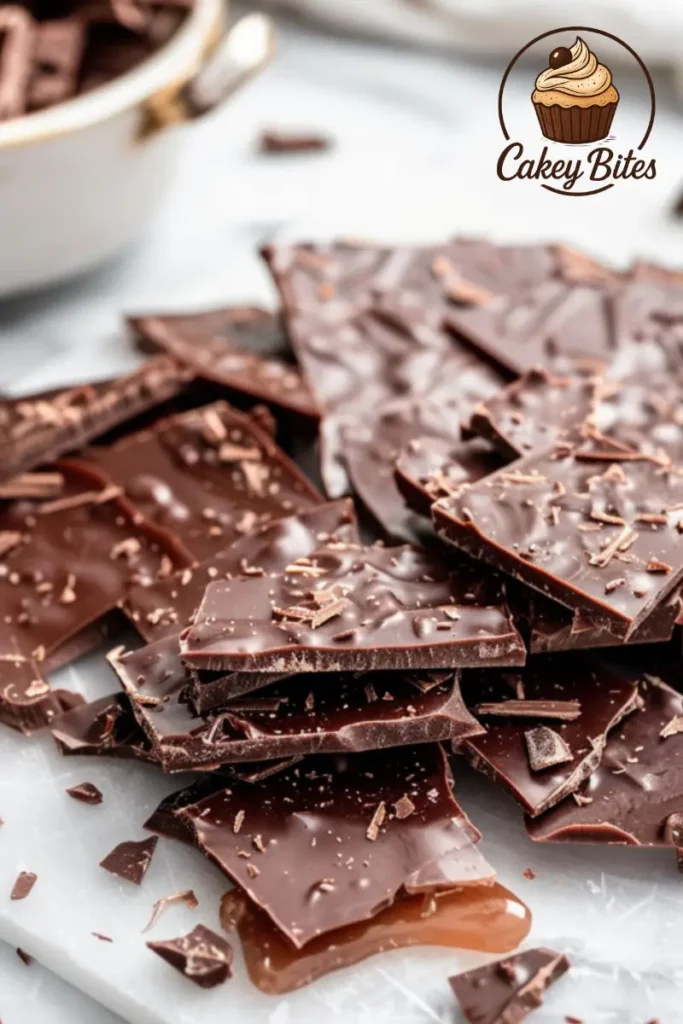
This recipe was never written in a cookbook. It lived in hearts. Grandmothers passed it on through action. A pinch of this, a stir of that. Wax paper wrapped each piece. No measuring cups were needed—just love and memory.
Now, we make it with the same spirit. Even in modern kitchens, the process is nearly the same. What once used to be a wartime treat is now a holiday tradition. For some families, it’s as essential as the tree itself.
For instance, while preparing your dessert menu, you may want to explore similar comforting recipes like our pineapple coconut dream cake—another sweet bite that brings joy and nostalgia.
A grandmother’s kitchen: memories wrapped in wax paper
One grandmother used to say, “You’ll know it’s ready when it smells like Christmas.” That scent came from bubbling caramel, melting chocolate, and the warmth of her oven. She always laid out wax paper and snapped each piece into triangles.
Years later, her grandchildren still follow those steps. Each piece they wrap feels like a note of love from the past. The kitchen becomes a space where old stories come back to life—especially when the christmas crack recipe ww2 is made during snowy afternoons.
How modern families recreate this nostalgic recipe
While tools and ovens have changed, the heart of the recipe remains. Families use parchment paper instead of wax. Toppings like crushed candy canes or pretzels give it a fun twist. Some add sea salt for a modern flavor.
But the base stays the same:
- Saltine crackers
- Homemade caramel from butter and brown sugar
- Semi-sweet chocolate chips
- Toppings like nuts or candy
This shared cooking moment is often a child’s first holiday memory. They press the chocolate into the hot caramel, waiting eagerly to break the brittle once it cools.
Modern families also benefit from trusted food history resources like the UK National Archives. Their educational materials—such as the Home Front 1939–1945 (Part Two) collection—offer fascinating insight into how ration books and creative cooking adaptations shaped wartime recipes and kitchen life. It’s a reminder that even the simplest dishes could become deeply meaningful in times of scarcity.
Story from a veteran’s granddaughter making christmas crack recipe ww2 each year
A woman named Claire, whose grandfather served in WWII, shares this ritual with her children now. Her grandfather brought the recipe back from Europe. He made it during the holidays, every year, without fail.
Claire recalls, “He never used a recipe card. He just knew. Now I make it with my boys, and we wrap them in parchment just like he did.”
She said that cracking the candy became a symbol in her home—breaking into the season, opening joy. Her children now look forward to it more than opening gifts. They see it not just as food, but as tradition passed down.
For other family-inspired treats, our banana bread brownies deliver the same cozy, home-baked comfort that children love to help with.
Easy guide for kids to join the process
This simple recipe is perfect for kids. It teaches them about timing, texture, and family moments. Here’s how they can help:
- Arrange saltine crackers on a baking tray.
- Melt butter and brown sugar on the stove.
- Pour caramel over crackers.
- Bake for 5 minutes.
- Press chocolate chips on top until melted.
- Add toppings of choice—nuts, sprinkles, candy.
- Cool in the fridge for 1 hour.
- Break into uneven pieces for sharing.
- Wrap in parchment or store in tins.
- Share and smile.
Parents love how easy it is. Kids feel like chefs. It becomes their job each year. And the christmas crack recipe ww2 becomes their favorite part of the holiday.
Table: Generations of the Recipe
| Generation | How They Made It | What Changed Today |
|---|---|---|
| WWII Grandparents | Wax paper, stove-top caramel, handmade | Still handmade, now with parchment |
| Parents | Shared during holidays | Use updated tools, shared on social media |
| Today’s Kids | Learn hands-on with guidance | Add colorful toppings, tell the story too |
Modern Revivals: Creative Twists on the christmas crack recipe ww2
christmas crack recipe ww2 has found new life in today’s kitchens. While it started as a wartime sweet made from pantry staples, its structure allows for many fun and delicious twists. Each variation keeps the original charm, but adapts to modern tastes and diets.
Let’s explore 5 creative takes that respect the past while embracing the present.
Dark Chocolate & Sea Salt Crack
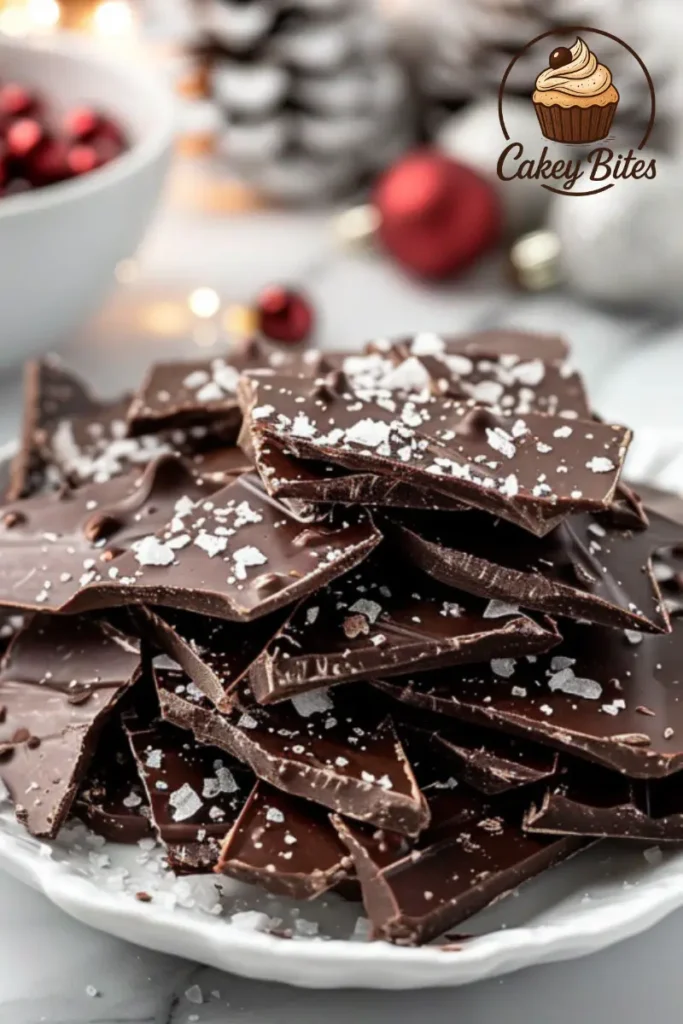
This bold version brings a grown-up feel to the christmas crack recipe ww2. Simply swap regular chocolate for dark chocolate with at least 70% cocoa. Once your treat sets, sprinkle coarse sea salt over the top. The contrast between salty and sweet is subtle but satisfying. This pairing is becoming as classic as the recipe itself.
Inspired by similar contrasts found in desserts like the Brownie Batter Ice Cream from CakeyBites, this version shows how layering flavors can elevate simplicity.
Vegan Christmas Crack (No Butter, No Milk)
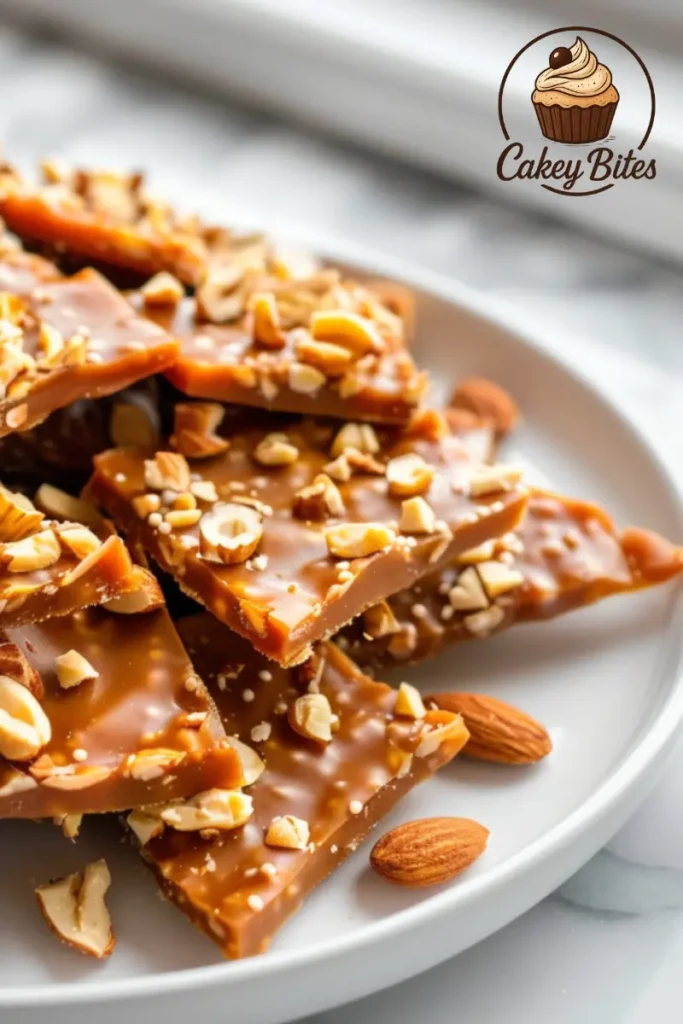
Plant-based versions of the christmas crack recipe ww2 are easier than ever. Replace the butter with coconut oil or vegan margarine. Choose dairy-free chocolate chips, or even oat-based chocolate bars. The crunch stays, but now it’s kinder to the planet and to more dietary needs.
This option reflects today’s inclusive cooking. Like the dairy-free innovation seen in Cottage Cheese Fudge Bars, even classic recipes can welcome everyone at the table.
Peanut Butter Drizzle Edition

Adding a peanut butter swirl gives the christmas crack recipe ww2 a creamy, nutty depth. After spreading the melted chocolate layer, gently drizzle warmed peanut butter on top and use a knife to create swirls. Or mix peanut butter directly into the melted chocolate for a smooth finish. This adds protein, richness, and a nostalgic touch that pairs beautifully with the original crunch.
Much like the layered joy found in Banana Bread Brownies, this take plays with texture and flavor.
Holiday Spice Twist (Cinnamon & Clove)
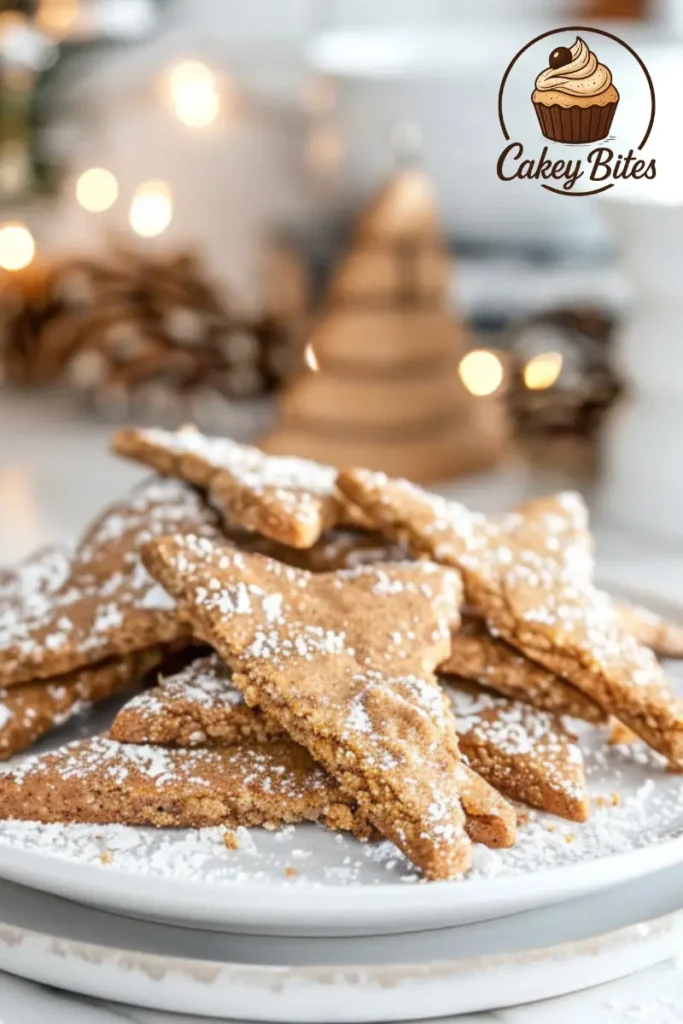
Wartime recipes didn’t include extras like spices—but today, we can afford to. Add ¼ teaspoon of cinnamon or a pinch of ground clove into your melted chocolate. These warm notes bring a holiday aroma to your kitchen and enhance the seasonal feel.
Spices not only provide flavor but also evoke cherished memories, much like traditional Christmas baking. To connect this modern twist back to its historical roots, the National WWII Museum offers fascinating “Kitchen Memories” stories that highlight how families found comfort in simple wartime treats—reminding us that recipes back then were more than sustenance; they were symbols of resilience and hope.
Sugar-Free Version for Diabetics
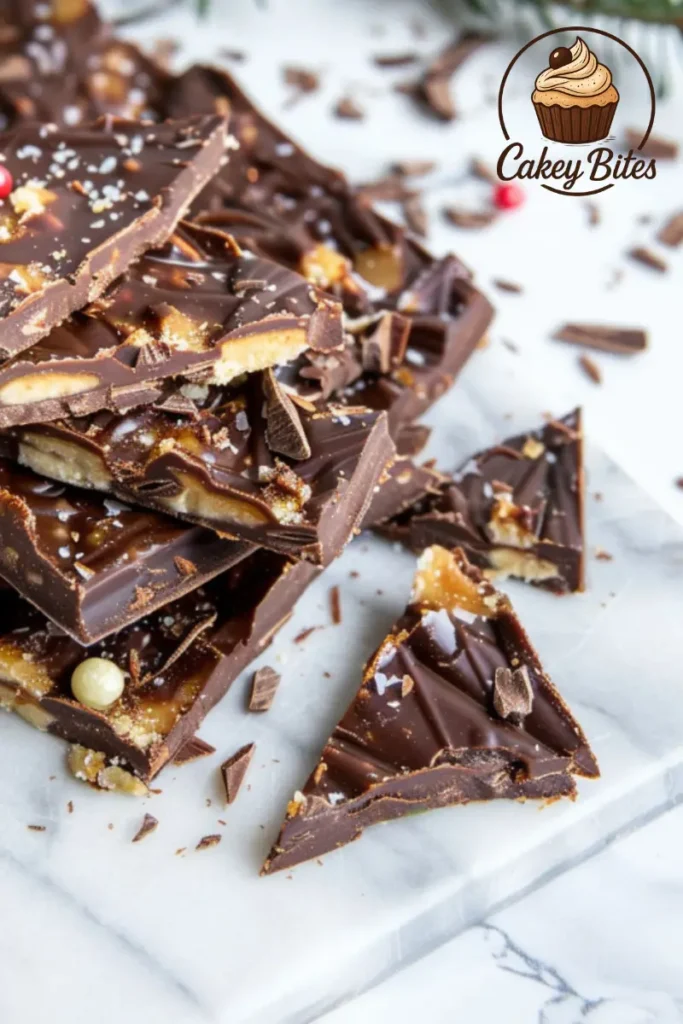
To lower sugar while keeping the classic texture, use sugar-free chocolate or stevia-sweetened bars. Swap the base for a low-carb cracker (or almond flour crust). Sweeten with erythritol or monk fruit. The result is nearly identical in taste and texture—but better for those managing their blood sugar.
At CakeyBites, recipes like Sugar-Free Lemon Cake show how desserts can be sweet and safe for everyone. This sugar-free christmas crack recipe ww2 alternative is proof that no one has to miss out during the holidays.
Keeping the Tradition, Embracing Change
These modern versions respect the frugal, resourceful roots of the christmas crack recipe ww2. The original made the most of limited ingredients during hard times. Today, we honor that spirit—while embracing new flavors and dietary needs. Each version brings something new but never loses that iconic chocolate-topped crunch.
Here’s a clear breakdown of the five ideas:
| Version | Twist | Why It Works |
|---|---|---|
| Dark Chocolate & Sea Salt | High cocoa dark chocolate + sea salt | Richer flavor, balanced sweetness |
| Vegan Version | Coconut oil + dairy-free chocolate | Plant-based, inclusive |
| Peanut Butter Drizzle | Smooth PB added before setting | Creamy, nutty depth |
| Holiday Spice Twist | Cinnamon and/or clove in chocolate | Warm, festive aroma |
| Sugar-Free | Stevia chocolate + low-carb base | Diabetic-friendly, low sugar |
A Treat Worth Sharing
christmas crack recipe ww2 has become more than a nostalgic dessert. It’s a blank canvas for creativity. These ideas give everyone a way to enjoy the treat—whether vegan, sugar-free, or simply looking to try something new.
By blending old and new, you create something personal. Just as the cottage cheese chocolate mousse seen here reimagines tradition, these twists show how history can live on, one bite at a time.
For more creative baking rooted in tradition, check out King Arthur Baking—a trusted, employee-owned institution founded in 1790, now with over 230 years of experience in timeless recipes and baking expertise.
Unsalted butter is preferred for better flavor control, but during wartime, margarine was a common replacement.
Let these ideas inspire your own twist on the christmas crack recipe ww2—and maybe even start a new family favorite.
FAQ – christmas crack recipe ww2
Why is it called Christmas crack?
The christmas crack recipe ww2 didn’t originally have this name. During WWII, it was simply known as toffee cracker bars. The modern name “Christmas crack” comes from its addictive crunchy texture and the satisfying “crack” when breaking it apart.
Should I use light or dark brown sugar for Christmas crack?
For the christmas crack recipe ww2, either light or dark brown sugar works. Light brown sugar gives a milder caramel flavor, while dark brown sugar offers a deeper, richer taste similar to the wartime version made with white sugar and molasses.
What kind of butter for Christmas crack?
The christmas crack recipe ww2 was often made with margarine due to wartime butter shortages. Today, unsalted butter is preferred for better flavor control, but margarine can still be used for authenticity.
What are the best toppings for Christmas crack?
Popular toppings for the christmas crack recipe ww2 include chopped nuts, coconut flakes, or even crushed candy canes. In WWII, families often used whatever was available—sometimes just a sprinkle of cocoa or shaved chocolate.
What are the ingredients for Christmas crack?
The classic christmas crack recipe ww2 calls for saltine crackers, butter, brown sugar, chocolate, and a choice of toppings. Wartime cooks adapted it with substitutions like margarine, corn syrup, or cocoa powder.
What was originally in a Christmas cracker?
The term “Christmas cracker” referred to a festive table favor, not the christmas crack recipe ww2. The WWII dessert later borrowed the name for its holiday appeal and crispy texture.
How long does it take for Christmas crack to harden?
The christmas crack recipe ww2 usually sets within 1 hour in the fridge. In cooler climates, it can harden at room temperature just like in wartime kitchens.
Do you need parchment paper for Christmas crack?
Yes, parchment paper makes the christmas crack recipe ww2 easier to remove from the tray and prevents sticking. In WWII, wax paper was often used instead.
Why is my Christmas crack soggy?
If the christmas crack recipe ww2 turns out soggy, it’s usually because the caramel layer wasn’t cooked long enough or the candy wasn’t stored in an airtight container. Cooking it to the right temperature helps keep the crunch.

